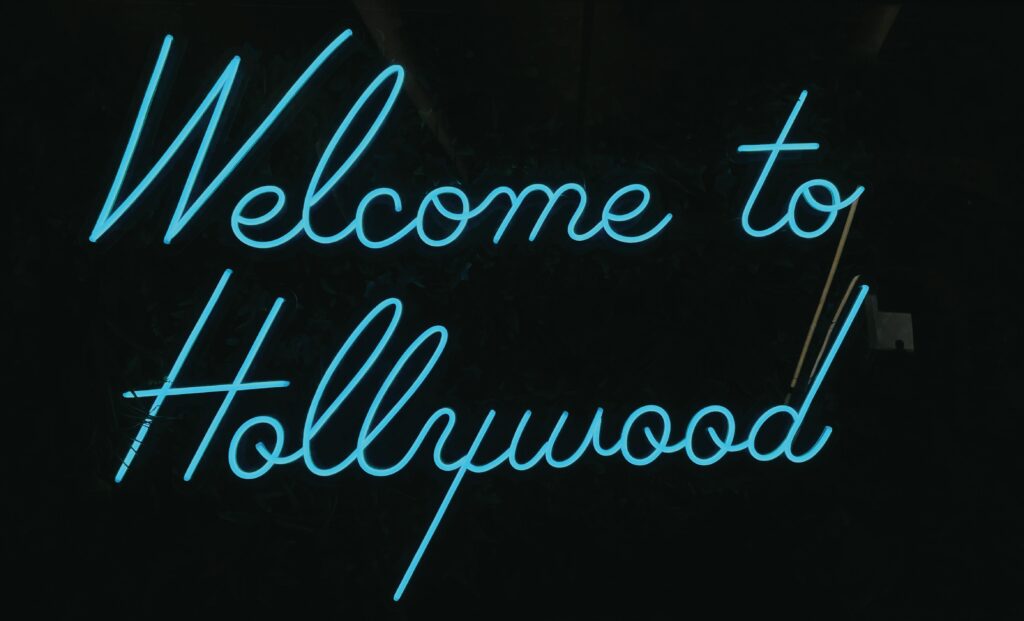The Fascination with Fame and Love
There’s something magnetic about Hollywood love stories. Maybe it’s the high stakes. Maybe it’s the lighting. But for decades, celebrity romances have held our attention—sometimes more than the work these stars are actually known for. These relationships play out like mini-dramas: glamorous, dramatic, and always public. Every glance, rumor, or red carpet appearance becomes part of a narrative we collectively track.
These narratives do more than entertain. They shape how we think about love, success, and even identity. When a power couple rises, it signals a moment—one that gets echoed in tweets, headlines, even office conversations. Breakups make bigger waves. They’re not just splits between two people; they’re culture resets, debates about timing, blame, and redemption. In a way, these celebrity stories offer emotional cliffhangers we all tune into.
Still, strip away the money and the media, and you’re left with something pretty familiar: people navigating connection under pressure. Just like anyone else, they want to be seen, understood, supported. The difference? Their highs and lows play out on screens the size of billboards. But the core feelings—the heartbreak, the infatuation, the messiness—those aren’t so different from our own.
There’s comfort in the shared experience. We watch, react, relate. Maybe we learn something. Maybe we just enjoy the spectacle. Either way, Hollywood keeps love on a pedestal—and keeps us watching.
Power Couples: Influence Beyond the Red Carpet
Some celebrity couples aren’t just famous — they’re forces of influence that extend far beyond their on-screen work or red carpet appearances. These pairings often become brands in their own right, blending business, activism, and public image into a strategic union that shapes culture, commerce, and causes.
Case Studies: When Two Brands Become One
These real-life celebrity partnerships show how powerful being a duo can be:
- Beyoncé and Jay-Z: Together, they’ve built an empire that merges music, fashion, entrepreneurship, and philanthropy. Their mutual influence amplifies each other’s platforms, whether it’s a surprise album or a social justice initiative.
- George and Amal Clooney: He’s a world-famous actor and director; she’s a respected human rights lawyer. As a couple, they balance Hollywood glamour with global activism—a dual presence that commands attention in both entertainment and humanitarian spheres.
- Ryan Reynolds and Blake Lively: Known for their wit and charm, this couple’s social media banter feeds online engagement—but behind the scenes, they’re part of ventures from gin brands to film production deals, crafting a polished yet playful public image.
Business and Activism Together
When celebrity couples combine their platforms, the impact often goes beyond entertainment:
- Joint Campaigns and Brands: Whether launching skincare lines, wellness products, or a clothing label, collaborating as partners can drive exposure—and profits—through shared audiences.
- Activism as a Unit: Some couples use their fame to double down on causes like climate change, education reform, or civil rights. Their aligned messaging gives more weight to their advocacy.
- Producing Power: From co-founding production companies to executive producing series together, pairs like Reese Witherspoon and Jim Toth have helped reshape narratives by owning the content pipeline.
The Economics of Fame
There’s a quantifiable value to being part of a power couple in Hollywood:
- Endorsement Deals: Brands are more likely to invest in couples who command attention together. Endorsements featuring both stars often drive higher engagement.
- Social Media Influence: Joint appearances or tags between partners can cross-pollinate audiences, quickly expanding reach. Each post becomes a shared marketing opportunity.
- Perception and Longevity: Celebrity couples who weather public scrutiny often gain reputations for stability, which can translate into longer-term brand partnerships and enduring relevance.
In a world where personal branding can be as crucial as talent, power couples aren’t just a fascination—they’re an economic force, redefining what it means to be successful in the spotlight.
Breakups, Makeups, and Media Frenzy
In Hollywood, personal lives aren’t just lived—they’re packaged, posted, and monetized. When a celebrity couple splits or rekindles, the drama doesn’t stay behind closed doors. Tabloids pounce. Gossip accounts hunt for cryptic posts and unfollow sprees like digital bloodhounds. Every photo, every quote, every moment becomes potential content—and content, as always, equals clicks.
Social media platforms thrive on speed and speculation. A blurry paparazzi shot or a vague tweet can spiral into a trending topic. Algorithms reward engagement, so hot takes and wild theories saturate feeds within hours. Outlets, influencers, and even fans cash in, chasing virality over facts. It’s not news—it’s a story machine.
Behind all of this, there’s a parallel operation: the PR teams. A-list publicists manage damage control with military precision. Announcements are timed for late Fridays when attention dips. NDAs are airtight. Messaging stays vague enough to protect reputations, but personal enough to hit headlines. Strategic leaks, exclusive interviews, and tabloid tips are part of the choreography—because shaping the narrative sometimes matters more than what actually happened.
And then there’s the human side. Behind the filters and contracts are real people—hurt, exhausted, sometimes blindsided. But vulnerability gets repackaged as weakness or clickbait. When a breakup becomes Monday’s meme, it’s easy to forget that Hollywood doesn’t protect its own when there’s revenue to be made. That’s the part that rarely trends: the cost of being publicly private.
Real Love or Strategic Partnership?
Not every Hollywood romance starts at a wrap party. Some are signed, sealed, and delivered by agents, PR teams, or studios. When two names can boost a franchise or redirect a media narrative, a relationship—real or not—becomes part of the marketing plan. Call it a mutual agreement, a beneficial arrangement, or just contract dating. Either way, it blurs where feelings end and brand begins.
So how can you tell? Clues are subtle but telling: perfect timing around a project release, sudden social media affection following negative press, or highly curated public outings captured—conveniently—by paparazzi. When every appearance feels like a rollout, chances are it is.
But here’s the twist: even when the chemistry is engineered, sometimes it sticks. Audiences respond to the storytelling. If two stars sell the narrative convincingly, the strategy works. They gain exposure, soften image edges, and in some cases, build real connection along the way.
Still, the authenticity gap can be hard to ignore. With fame comes scrutiny, and today’s viewers are savvier. In an industry obsessed with image, keeping it real—at least partially—has become the new currency. Whether the love is strategic, sincere, or somewhere in between, what matters most is how well it plays.
Lessons for the Rest of Us
When two people fall in love under a microscope, every glance, every whispered word, gets headlines. Hollywood relationships are anything but normal—but they still offer sharp insights into how connection works (or doesn’t) when pressure and performance collide.
Take the well-publicized breakup of a mega couple—two powerhouse names, once everything from red carpet royalty to startup investors. Their split wasn’t just a personal unraveling, it was a public event. Fans asked: Was it the careers? The constant scrutiny? Did they ever get to be just themselves? The answer might be all of the above. What these stories often reveal is that success doesn’t shield you from needing to negotiate identity, space, and emotional labor.
Even with teams of handlers, stylists, and PR consultants, the real currency in any relationship is the same: honesty, clear boundaries, and the ability to hold your ground while respecting someone else’s. Many celebrity couples now speak openly about therapy, taking time apart, or keeping entire chunks of their lives offline. It’s not just brand control—it’s self-preservation.
The rest of us may not have paparazzi lurking outside dinner dates, but we do face similar pressures: to curate our lives, perform success, and share just enough. Watching how public figures manage that—or fail to—reminds us that the most valuable thing in a relationship isn’t the image surrounding it. It’s the trust built when no one’s watching.
Related Reading
If you’re looking to dig deeper into how celebrity culture continues to evolve—both in the headlines and behind the scenes—check out our companion feature: Breaking Celebrity News: The Week’s Top Headlines. It breaks down the media mechanisms driving the latest stories, and offers context behind the curated chaos. Whether you’re a casual observer or a pop culture junkie, it’s worth the read.
Final Thoughts
Hollywood couples are more than tabloid fuel—they’re reflections. For better or worse, they turn their relationships into public stories, and we tune in because those stories echo parts of our own. They give us glimpses into the complexities of commitment under scrutiny, the art of reinvention in love, and what resilience can look like when the whole world is watching.
Sometimes, these relationships are crafted for optics. Other times, they’re as real as any other love—messy, uneven, but deeply human. Either way, they offer lessons. We see the importance of boundaries, the fallout of silence, and the courage it takes to walk away from a fairytale when it stops being true.
Keep watching, but watch smart. Celebrity couples are curated narratives. Enjoy the show, sure—but remember that not everything shining under the spotlight is gold. What matters most happens beyond the lens.




